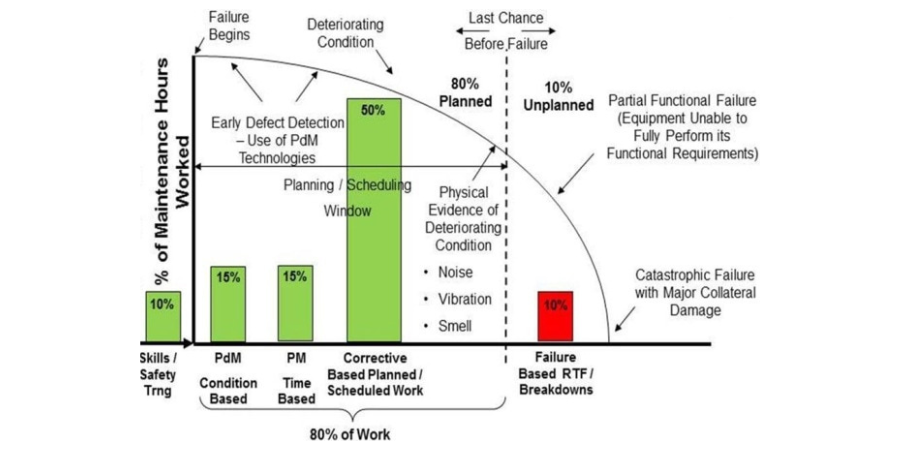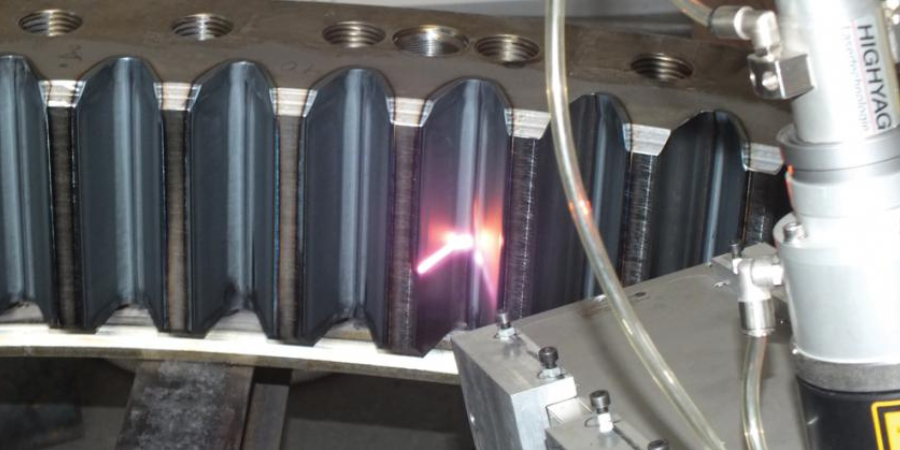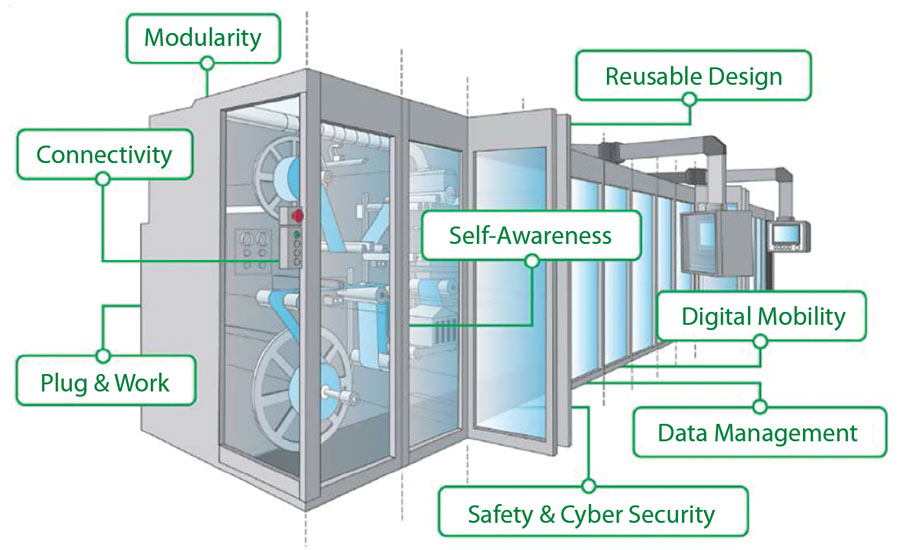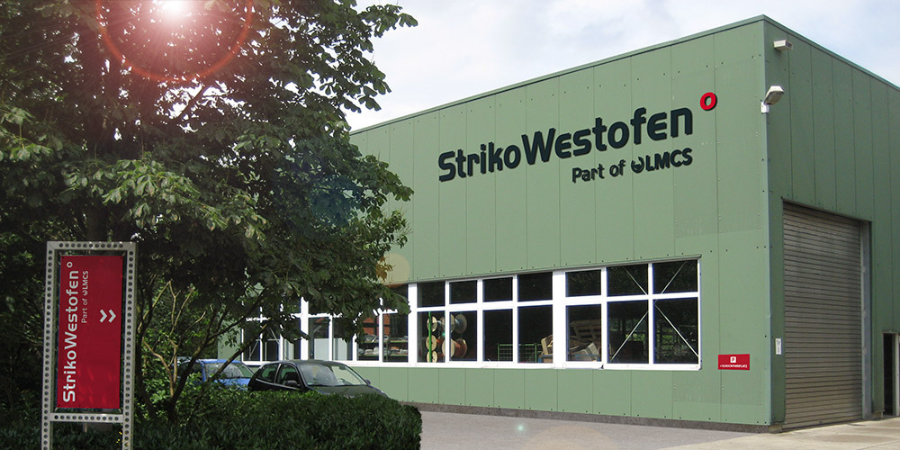Federal Firearms License Secured by AHT Corp.
WATERLOO, IA—Advanced Heat Treat Corp. (AHT) recently announced that it has received a Federal Firearms License (FFL) issued by the U.S. Department of Justice, Bureau of Alcohol, Tobacco, Firearms and Explosives at their facility in Monroe, Michigan. AHT now has licenses at all four of the company’s locations in Iowa, Alabama and most recently, Michigan. All licenses are available to view or download on the Quality section of their website: www.ahtcorp.com under the “About” section.
“While we are no stranger to processing firearms, the addition of this license will allow us to better serve those customers whose parts require an FFL,” stated Gary Sharp, President and CEO. “Our firearm customers have recently experienced better lubricity and corrosion resistance with one of our trademarked processes, UltraOx®, so we wanted to be better equipped to handle all of their parts for aesthetics and consistency. We are excited to now be able to expand that offering to our Michigan customers.”
Federal Firearms License Secured by AHT Corp. Read More »





 To meet Schafer Gear Works’ growing demand for high-precision commercial aviation shafts and gears, the company recently moved its Fort Wayne, Ind., operations to its larger production facility in South Bend, Ind. “Acquisition of new, state-of-the-art equipment at our South Bend plant and the ability to better leverage our gear manufacturing expertise led to the transfer,” said Paresh Shah, operations manager for the South Bend facility. The transition was seamless and the plant now produces precision-critical shafts and small-diameter gears with tolerances to 0.0004” and microfinishes to 16 RMS.
To meet Schafer Gear Works’ growing demand for high-precision commercial aviation shafts and gears, the company recently moved its Fort Wayne, Ind., operations to its larger production facility in South Bend, Ind. “Acquisition of new, state-of-the-art equipment at our South Bend plant and the ability to better leverage our gear manufacturing expertise led to the transfer,” said Paresh Shah, operations manager for the South Bend facility. The transition was seamless and the plant now produces precision-critical shafts and small-diameter gears with tolerances to 0.0004” and microfinishes to 16 RMS.




